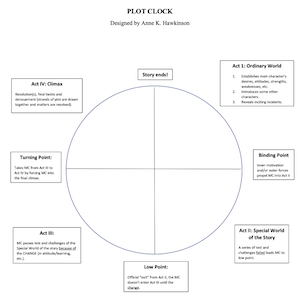Conflict and Tension
Most of us are looking for less conflict and tension in our lives. Just head to the nearest bookstore and check out the Self-Help section. But if you happen to be a writer (this probably pertains more to fiction), your characters NEED conflict and tension–a lot of it! If a story flows merrily along from beginning to end, there isn’t anything for your readers to invest in, no one to cheer for, and no feeling of resolution at the end. … Read More »






